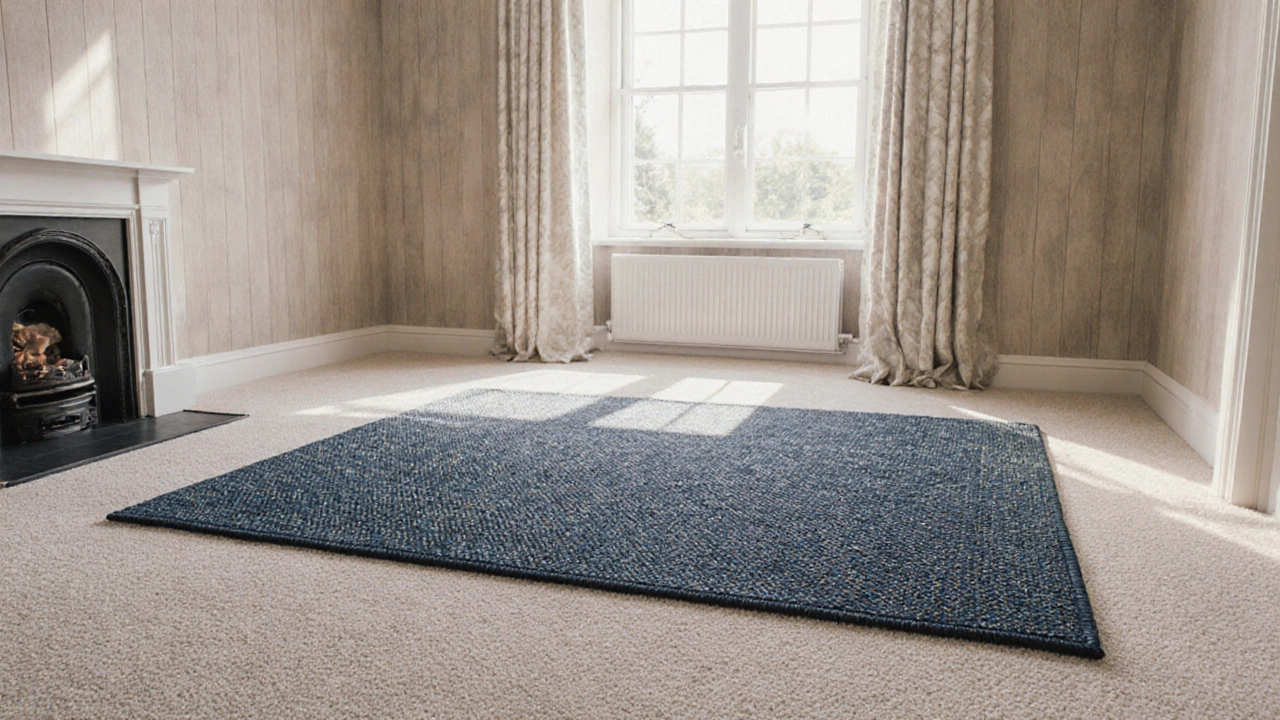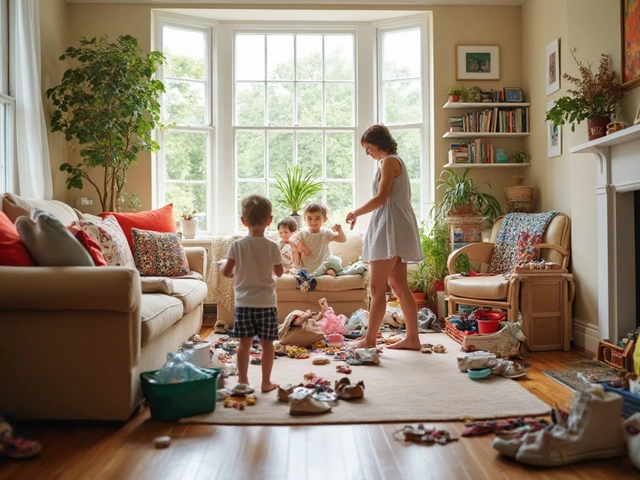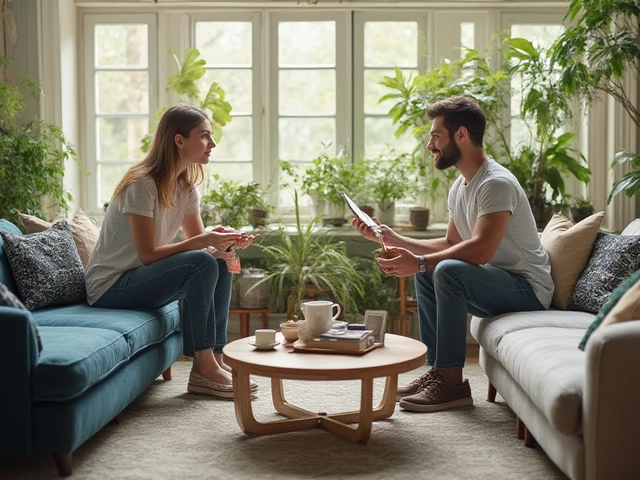Layered Rugs – Mix, Match & Style Your Floors
When talking about layered rugs, the practice of placing two or more rugs on top of each other to add texture, color and personality to a room, you’re really diving into a simple yet powerful interior design move. Also known as rug stacking, it lets you play with patterns without committing to a single large piece. Another key player here is rug materials, the fibers—like wool, jute, synthetic blends or cotton—that determine feel, durability and how well a rug handles traffic. Finally, interior design, the broader discipline that blends color theory, spatial planning and style trends to shape a space sets the rules for which combinations actually work. Layered rugs encompass texture layering, color coordination and functional zoning, while they require thoughtful material pairing to keep slipping and wearing at bay.
Choosing the Right Materials for a Seamless Stack
Start with a durable base—think a low‑pile wool or synthetic rug that can handle foot traffic. On top, add a softer, lighter piece like a flat‑weave cotton or jute runner. The base handles spills and wear, while the top adds visual interest. Our post on easiest rugs to keep clean points out that low‑maintenance fibers such as polyester or polypropylene resist stains, so a synthetic base works well under a patterned accent rug. Look for a backing that grips the floor; a non‑slip pad between layers prevents shifting. If you love bold patterns, let the bottom rug stay neutral and let the top rug carry the color punch. When materials clash, the stack feels disjointed, so match similar yarn weights for a cohesive feel.
Beyond material, think about how the rugs fit your room’s function. In a living room, a plush wool rug underneath a decorative flat‑weave adds comfort for sitting and a splash of pattern for style. In a hallway, a sturdy runner can sit under a narrow, decorative strip to guide traffic without becoming a tripping hazard. The key is to balance durability with design ambition. Pairing a high‑traffic material with a delicate decorative layer lets you enjoy both longevity and visual flair.
Layered rugs also play nicely with other home décor accessories. Mirrors amplify the visual depth created by stacked rugs, while floating shelves or curtain panels add vertical interest that echoes the horizontal layering. Our articles on floating shelves and curtain trends show that thoughtful coordination across surfaces makes the whole room feel intentional. For instance, a muted rug base can echo a wall’s neutral tone, while a patterned top rug mirrors the texture of a sheer curtain, tying the look together. Adding a few decorative cushions or a stylish coffee table completes the scene, turning a simple floor covering into a centerpiece of the space.
Ready to experiment? Below you’ll find a curated list of posts that dive deeper into rug pricing, maintenance, and styling tricks. From cost breakdowns of high‑quality rugs to quick checks on rug backs, the articles give you the tools you need to start layering confidently. Grab the insights, pick your materials, and watch your floors transform into layered works of art.

Best Rug Types to Layer Over Carpet - Practical Guide
Learn which rug types work best when placed on top of carpet, how to choose, install, and maintain them for style and safety.
Categories
- Storage (25)
- Bathroom (17)
- Sofas (14)
- Curtains (14)
- Home Decor (12)
- Bedding (10)
- Kitchenware (10)
- Cushions (10)
- Mirrors (10)
- Rugs (9)



